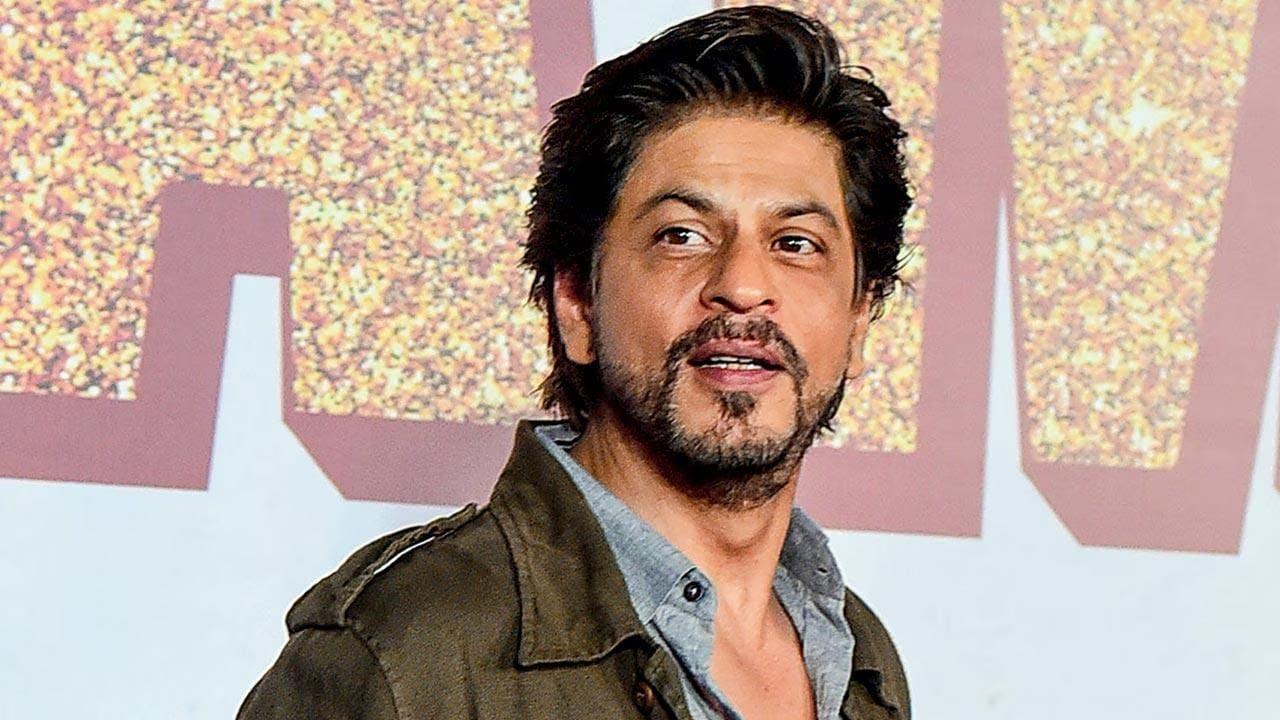
In a spectacle of artistic unity, three revered dance schools from Chennai joined forces to pay homage to the divine feminine energy, Shakti, in the vibrant celebration of Aadi Natya Samarpanam. This event was held under the esteemed patronage of Bharatiya Vidya Bhavan in Mylapore. The evening was an exemplary display of cultural unity, creativity, and dedicated artistry that left the audience in awe.
The minds behind this mesmerizing performance included Deepa Ganesh, the artistic director of Upasana, who meticulously curated the event, bringing together three senior dance maestros: Sheela Unnikrishnan, Jayanthi Subramaniam, and Anita Guha. Each of these instructors, from distinct Bharatanatyam lineages, contributed to a rich tapestry celebrating the Tamil month of Aadi, a time traditionally dedicated to feminine power and vitality.
Deepa Ganesh’s thorough research efforts, guided by Tamil scholar S. Raghuraman, played a crucial role in crafting the performances. Her vision traversed the traditional and contemporary landscapes of Tamil culture, effectively transporting the audience on a journey from the heart of Tamil Nadu’s rural interiors to its more stylized urban forms. This seamless blend was evident in every segment of the evening.
The event commenced with a riveting performance by a spirited group of dancers from Sheela Unnikrishnan’s Sridevi Nrithyalaya. Their presentation, titled ‘Aadi Aasarippu,’ served as an ode to Shakti, resonating with the rustic flavors of Tamil Nadu. The performers, dressed in vibrant costumes and wielding traditional props, managed to create an immersive rural ambience. The recorded music further enhanced this illusion, making one feel as though they were at an Amman temple in a village. The performance began with the energetic folk dance Kummi, setting the stage for the evening’s festivities, and culminated in a captivating display of Karagatam. Despite minor slips in group patterns, the dedication and rigorous training of the dancers were visibly evident, particularly in the intricate footwork and vibrant expressions. The night kicked off perfectly with the Kavuthuvam and an adapted version of Andal’s union with her lord.
Following this vibrant start, the students of Jayanthi Subramaniam took the stage to present ‘The Goddess Across Time,’ a composition that glorified the goddess from the ancient Sangam period through to the Meenakshi Pillai Tamizh era of the 17th century. This performance stood out for its classicism, showcasing the goddess’s power, valour, and victories. The choreography, marked by dynamic rhythm and striking storytelling, portrayed scenes of warfare and heroism, expertly supported by mridangam maestro M.S.
. Sukhi. Nandini Anand Sharma’s musical compositions and renditions particularly shone during the ‘Kotravai vazhipadu,’ evoking the goddess’s heroic era.
A contrasting and soothing segment followed with ‘Ambulipparuvam,’ where a mother calls the moon to play with her child. The depiction of the four approaches or ‘Chaturupayas’—Sama, Dana, Bheda, and Danda—by four dancers further enriched this performance. While the mukhabhinaya (facial expressions) effectively captured the moon’s position, occasional shifts in focus might have enhanced engagement. Nonetheless, the piece’s essence was clear, and the inclusion of gentle nritta (pure dance) segments could have further amplified its impact. Nandini Anand Sharma’s choice of ragas was impeccable, with Yamuna Kalyani setting a fitting tone.
The evening then took a dramatic turn with Anita Guha’s presentation of ‘Sri Bala Tripurasundari,’ steeped in the traditional dance drama format. This narrative brought to life the unparalleled power and grace of the goddess. Anita’s well-researched narrative, based on sacred texts such as Lalitha Mahatmyam, was complemented by vigorous nritta passages that highlighted various pivotal episodes. The depiction of the hamsam (swan) carrying the child goddess and the numerous veneration formations were particularly memorable. The show’s musical ensemble, led by P.R. Venkatasubramanian, played an integral role, adding depth to Anita’s compelling narrative with seamless precision.
Anita Guha’s ability to manage a large troupe, giving each dancer their moment in the spotlight, was particularly noteworthy. Significant segments such as ‘Sri Rajarajeshwari,’ which showcased the goddess in both child and mother forms while combating Bhandasura, were effectively conveyed despite occasional tonal inconsistencies during the battlefield scenes. The musical score and lighting significantly enhanced the performance’s overall appeal, with notable contributions from violinist Vishwesh’s fluid bowing and young flautist Adwaith’s melodious playing.
The event culminated in a powerful visual as Sri Bala Tirupurasundari emerged as a divine embodiment of light, leaving the audience with a lasting impression of her celestial presence. Ultimately, Aadi Natya Samarpanam underscored the indispensable role of art in celebrating cultural heritage, flawlessly connecting the external world with the inner self. This harmonious convergence of dance, music, and storytelling left an indelible mark on all those fortunate enough to witness the spectacle.









